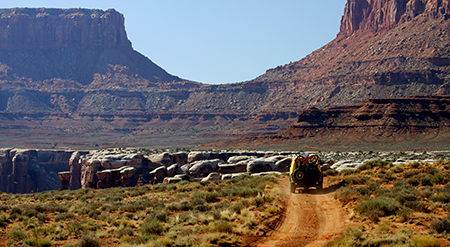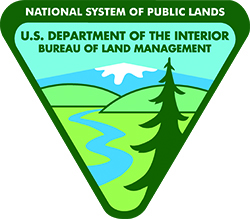◄ Back to Driving Force, Spring 2016
Federal Focal Points
 |
EPA and Racing Parts: The SAN is working to advance the Recognizing the Protection of Motorsports (RPM) Act, which clarifies that the Clean Air Act allows for the modification of motor vehicles for race-use only and that making, selling and installing race products for this purpose is not unlawful. This was not in question until the EPA included a provision in a proposed greenhouse gas rule stating that this practice was illegal. While the EPA announced in April that it would remove the race-car language when the final greenhouse gas rule is issued, the agency continues to assert its newfound authority to regulate race parts and its belief that converted street vehicles, even if used exclusively at the track, are illegal. The RPM Act has garnered strong support in Congress, including 111 sponsors in the House and 25 in the Senate. SAN members, along with SEMA member companies, other impacted trade associations, and racing enthusiasts are working together to oppose the EPA action and support the legislation. |
 |
Bonneville Salt Flats: Nearly 600,000 tons of salt were pumped onto the salt flats last winter and the summer has been relatively dry, creating prospects for a good racing season. Race organizers have identified at least one long course (8 miles) and two shorter courses. The SAN continues to work as a partner with the Save the Salt Coalition to pursue a long-term restoration program. The Coalition has presented a comprehensive plan to the U.S. Bureau of Land Management (BLM) that would dramatically increase the amount of salt brine being pumped every year onto the salt flats. Since the BLM has not previously pursued a restoration plan, the Coalition is turning to the U.S. Congress to support the effort. |
Ethanol: A SAN-supported bill has been introduced in the U.S. Congress that will cap the yearly amount of ethanol to be blended into transportation fuel at 9.7%. The Food and Fuel Consumer Protection Act of 2016 would replace ever-increasing ethanol mandates under the current Renewable Fuel Standard (RFS). The EPA is relying on expanded sales of E15 (gas that contains 15% ethanol) to meet the expanding RFS targets. Ethanol, especially in higher concentrations such as E15, can cause metal corrosion and dissolve certain plastics and rubbers in automobiles produced before 2001 that were not constructed with ethanol-resistant materials. The SAN has joined with more than 50 other organizations from the auto and boat industries to the food, energy and environmental community to support passage of the legislation.
 |
Bonneville Salt Flats: Nearly 600,000 tons of salt were pumped onto the salt flats last winter and the summer has been relatively dry, creating prospects for a good racing season. Race organizers have identified at least one long course (8 miles) and two shorter courses. The SAN continues to work as a partner with the Save the Salt Coalition to pursue a long-term restoration program. The Coalition has presented a comprehensive plan to the U.S. Bureau of Land Management (BLM) that would dramatically increase the amount of salt brine being pumped every year onto the salt flats. Since the BLM has not previously pursued a restoration plan, the Coalition is turning to the U.S. Congress to support the effort. |
 Re-opening Clear Creek: The U.S. House of Representatives approved a bill that requires the U.S. Bureau of Land Management to re-open the 75,000-acre Clear Creek National Recreation Area (NRA) in California’s San Benito and Fresno Counties for recreational use. The legislation would provide for OHV access to more than 240 miles of public trails. The bill now goes to the U.S. Senate for consideration. Clear Creek NRA was closed in 2008 due to concerns about exposure to asbestiform minerals that occur naturally in the area’s rock and soil. However, an independent asbestos risk assessment study requested by the California Off-Highway Motor Vehicle Recreation Commission concluded that strategies could be effectively employed to allow OHV use while shielding the public from unacceptable exposure risks. The bill ensures that the Clear Creek NRA will be managed in way that permits responsible recreation, while also providing for the safety of all of the area’s visitors.
Re-opening Clear Creek: The U.S. House of Representatives approved a bill that requires the U.S. Bureau of Land Management to re-open the 75,000-acre Clear Creek National Recreation Area (NRA) in California’s San Benito and Fresno Counties for recreational use. The legislation would provide for OHV access to more than 240 miles of public trails. The bill now goes to the U.S. Senate for consideration. Clear Creek NRA was closed in 2008 due to concerns about exposure to asbestiform minerals that occur naturally in the area’s rock and soil. However, an independent asbestos risk assessment study requested by the California Off-Highway Motor Vehicle Recreation Commission concluded that strategies could be effectively employed to allow OHV use while shielding the public from unacceptable exposure risks. The bill ensures that the Clear Creek NRA will be managed in way that permits responsible recreation, while also providing for the safety of all of the area’s visitors.
